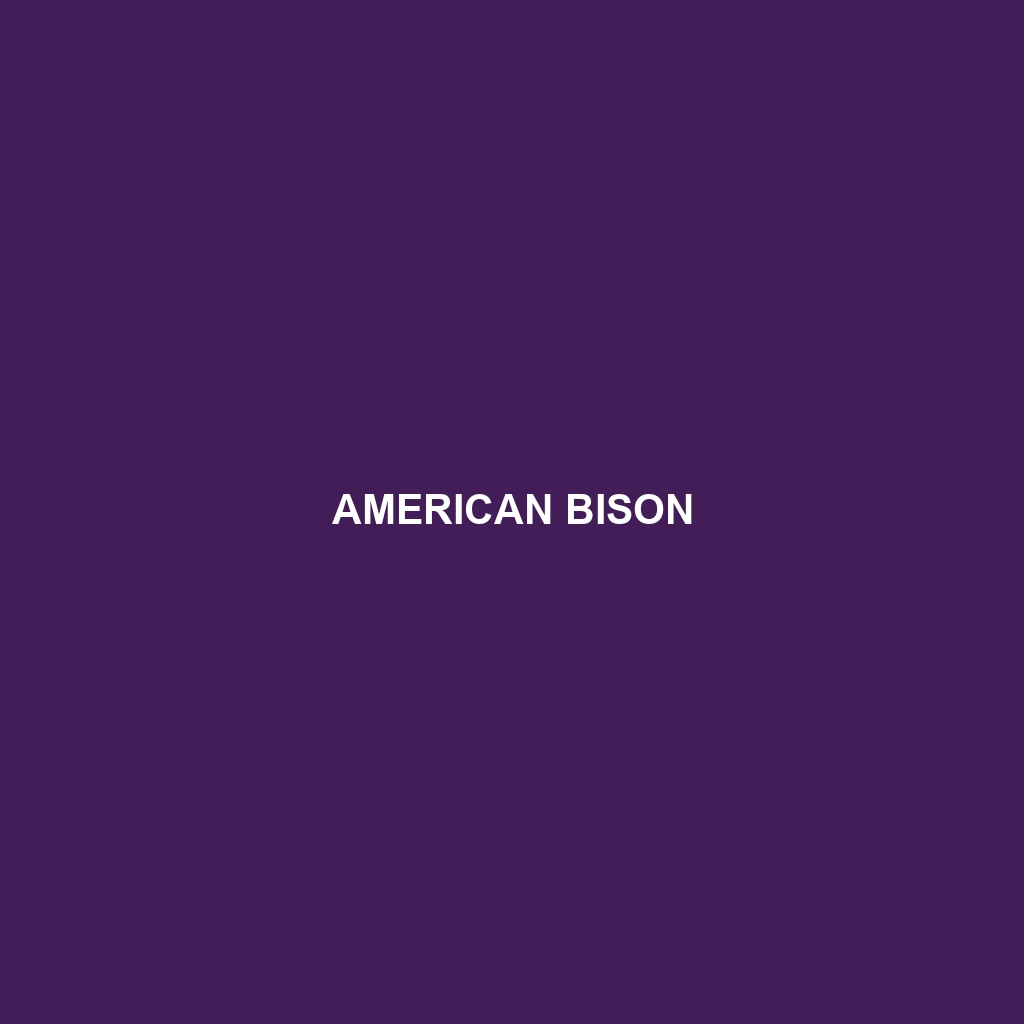Discover the fascinating world of domestic cattle (*Bos taurus*), a versatile species thriving in diverse habitats from grasslands to pastures across the globe. Learn about their social behaviors, varied diets, and significant role in agriculture, as well as their importance in maintaining ecosystem balance and biodiversity. Explore intriguing facts about their exceptional memory and emotional lives that highlight their impact on both agriculture and environmental health.
Tag: diet
Wild Yak
Discover the fascinating world of the Domestic Yak (*Bos grunniens*), a robust and social herbivore thriving in the harsh alpine environments of Central Asia. With adaptations that allow them to withstand extreme temperatures and a pivotal role in local ecosystems, these remarkable animals are vital to the livelihoods of herders and embody unique cultural significance. Learn about their physical traits, diet, and the conservation status of both domestic and wild populations in our latest blog post.
Kouprey
Discover the resilient Wild Yak (*Bos mutus*), a magnificent creature native to the high-altitude terrains of Central Asia, particularly the Tibetan Plateau. With their robust build, thick coats, and migratory habits, these social animals are essential for the ecosystem, playing a key role in maintaining biodiversity. As they face increasing threats from habitat loss and hunting, understanding their unique adaptations and conservation status is more vital than ever.
Gayal
Discover the fascinating world of the American Bison, North America's largest land mammal, known for its impressive size, unique social structures, and crucial role in grassland ecosystems. Explore their habitat, dietary habits, and the conservation challenges they face today, as well as interesting behaviors like wallowing and migratory patterns. Join us to learn about this majestic species and its vital contributions to biodiversity and ecological balance.
Gaur
Discover the fascinating world of the Wisent, or European bison, a vital herbivore native to temperate forests and grasslands of Europe. Once on the brink of extinction, this majestic animal plays a crucial ecological role by promoting biodiversity and vegetation health. Learn about its physical characteristics, social behavior, diet, and the ongoing conservation efforts that aim to protect this remarkable species.
Banteng
Discover the majestic Gaur (*Bos gaurus*), the largest wild cattle species native to the Indian subcontinent. Primarily found in lush forests and hilly terrains, these impressive creatures play a vital role in their ecosystem and exhibit fascinating herd behavior. Unfortunately, with a "Vulnerable" conservation status, understanding their habitat, diet, and reproductive patterns is crucial for ongoing conservation efforts.
American Bison
Discover the fascinating world of the Nilgai, the largest antelope in Asia, known for its striking bluish-grey coat and remarkable agility. Native to the Indian subcontinent, this herbivorous species plays a crucial role in its ecosystem by maintaining vegetation balance and serving as prey for large predators. Learn about their habitat, diet, reproductive habits, and the conservation efforts necessary to protect this unique animal.
Bohor Reedbuck
Explore the fascinating world of the Southern Reedbuck, a graceful antelope native to the wetlands of southern Africa. Discover their unique habitat, physical characteristics, elusive behavior, and essential role in maintaining the ecosystem. Learn about their diet, reproduction, and the conservation efforts in place to protect this intriguing species.
Nile Lechwe
Explore the fascinating world of the Kob (<i>Kobus kob</i>), a medium-sized antelope thriving in the wetlands of West and Central Africa. Known for their striking reddish-brown coats and impressive social behavior, Kobs play a crucial role in their ecosystems while facing threats from habitat loss and hunting. Discover their unique characteristics, feeding habits, and conservation status in this engaging blog post.
Suni
Discover the enchanting Royal Antelope, the world's smallest antelope, native to the lush rainforests of West Africa. With its unique nocturnal behavior, striking reddish-brown coat, and vital role in seed dispersal, this elusive creature faces challenges due to habitat loss and hunting. Join us as we explore its fascinating physical characteristics, dietary habits, and conservation status, and learn why preserving this remarkable species is crucial for its ecosystem.








